Chinese researchers are figuring out how to make dumplings, noodles and stir-fries in space
Grinding wheat from scratch, eating veggies grown in your own waste, and fried worms for dinner: Life in space is no picnic.


Grinding wheat from scratch, eating veggies grown in your own waste, and fried worms for dinner: Life in space is no picnic.
At Beihang University, formerly known as Beijing University of Aeronautics and Astronautics, four students on July 9 entered a capsule meant to simulate space living and will remain in it for more than six months, sustaining themselves on what they grow inside. They succeeded an earlier batch of students, who lived in the surprisingly roomy 1,600-square-foot capsule for two months. Along the way, the capsule residents have kept a weekly journal on WeChat. Rather like the logs in the movie Martian, it focuses on the business of growing, preparing, and disposing of food.
The facility, made of three cabins, is known as “Yuegong-1,” or Lunar Palace 1. The project is part of China’s efforts to develop a self-sustaining system to support life in a spaceship for long-distance space exploration, said the capsule’s chief scientist and designer Liu Hong (link in Chinese) in May. Liu received her PhD in the field of environmental protection in Lomonosov Moscow State University in 1994 (link in Chinese) before returning to China to focus her studies on sustaining life in space. In 2014, Liu told state media Global Times that the Yuegong-1 project project, which she started in 2004, cost more than 10 million yuan ($1.5 million) (link in Chinese).
China has been ambitious about its space development in recent years. The country now spends some $2 billion annually on its space program, compared with the US’s $40 billion. The country plans to land the first probe ever on the moon’s dark side next year and hopes to put astronauts on the moon by 2036. Additionally, private Chinese companies like Landspace have said they hope to compete directly with SpaceX.
During the first stage, which began May 10, four student researchers described how they made food from scratch—from the very first step of cultivating plants using seeds and fertilizer made from their own poop. The waste is treated with a fermentation process, after which it’s used for crops in the cabin, creating a life cycle.
Researchers have been growing wheat, potatoes, carrots, string beans, and onions—the “five beauties”—in two vegetable cabins, wrote (link in Chinese) Gao Han, a master candidate at the university and member of the research group, on May 17. Each day, the team watered and adjusted red lights for the plants, their major food source, according to the journal. For their first lunch, they made fried green peppers and eggplants with sliced pork, according to (link in Chinese) Gao’s log on May 23, although it’s unclear where the pork appeared from. The journal doesn’t mention any attempts at pig-rearing in the capsule. (The researchers have not responded to questions from Quartz about the source of their meat.)
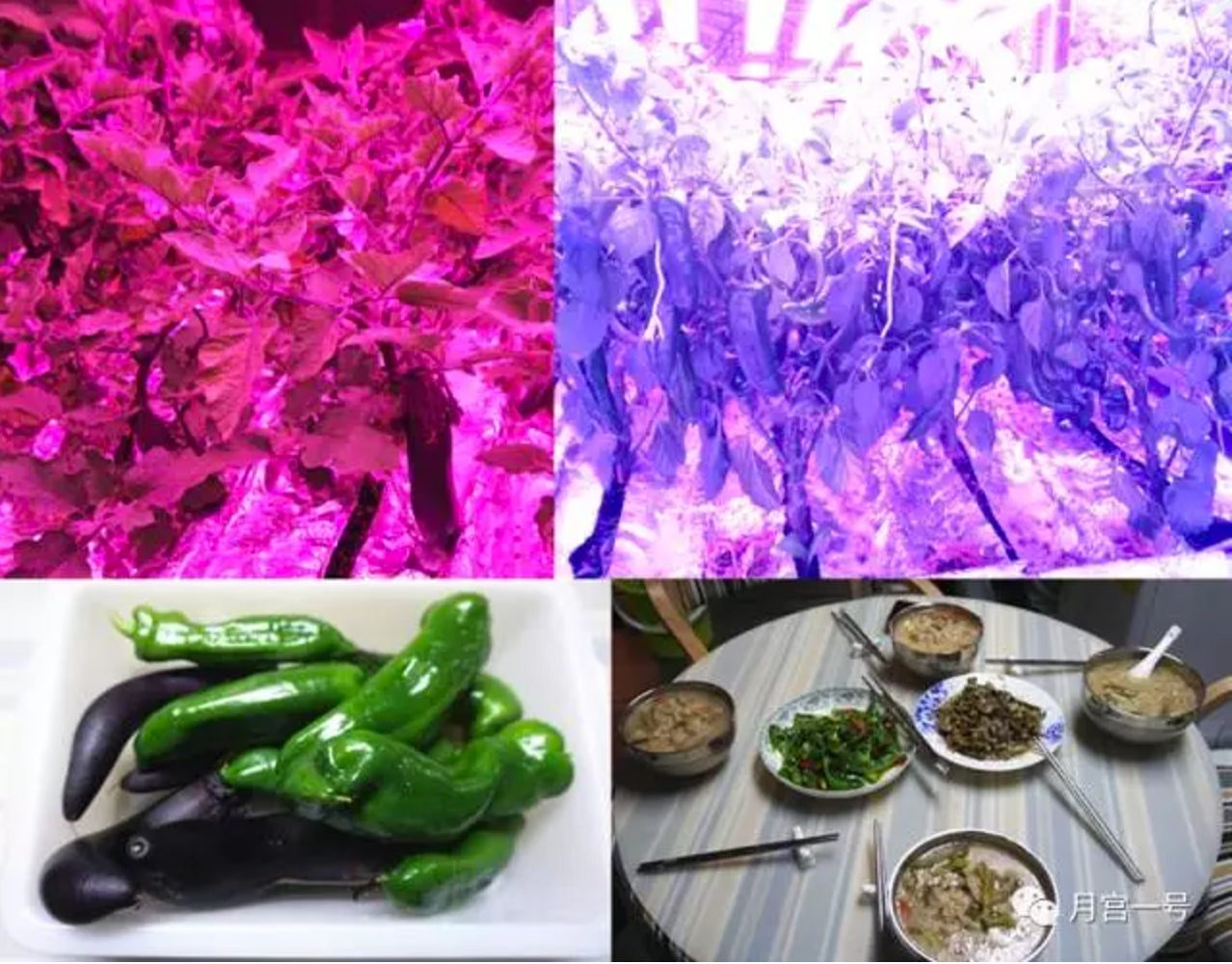
When the wheat matured, researchers harvested it, threshed it, and ground it before making a variety of elaborate dishes: steamed mantou, the cloud-like Chinese buns, as well as steamed twisted rolls and dumplings. They also tried to make noodles out of the wheat, but that failed because the wheat wasn’t refined enough and contained too much wheat bran, making it hard to form noodles, wrote another researcher, Liu Dianlei, on June 3.
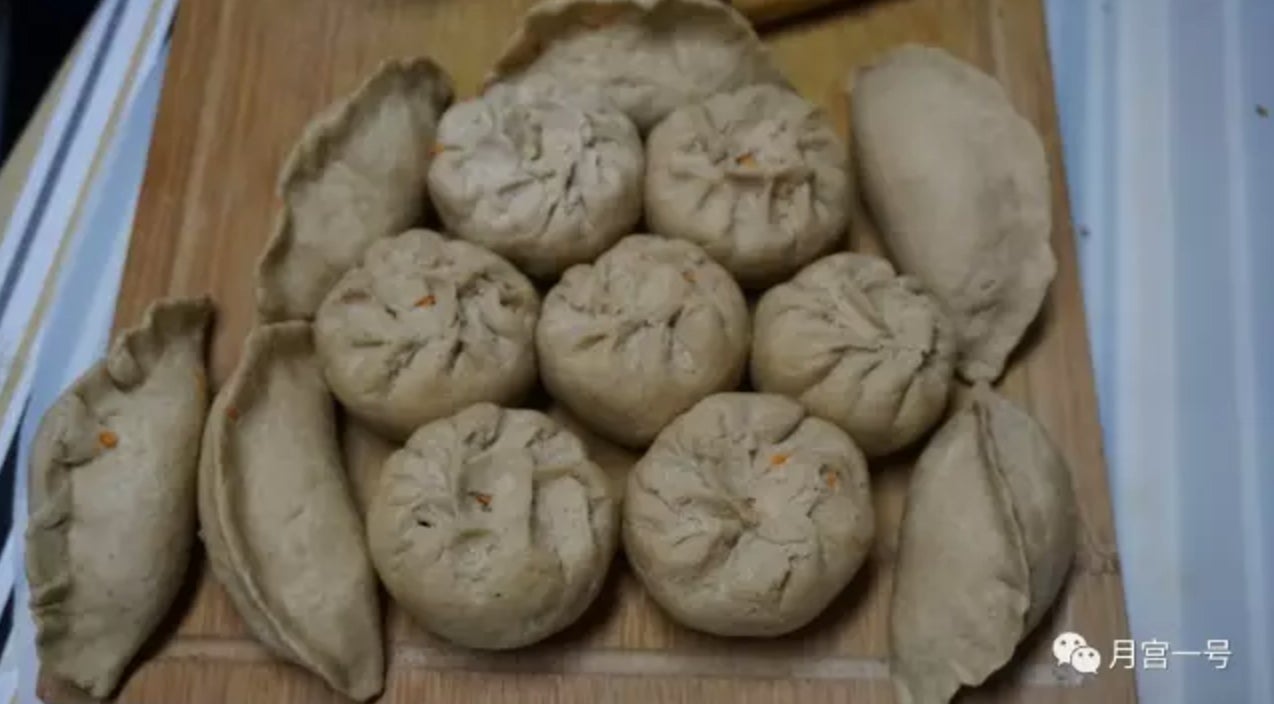
Most of the team’s occasional protein intake came from mealworms. The researchers say the yellow bugs have “three missions” in the experiment, wrote Liu on June 24: They consume non-edible plants, generate the carbon dioxide the plants need, and lastly, provide the researchers with protein.
“I feel conflicted every time I helped the mealworms complete their final mission…they were born for science,” wrote Liu in the journal (link in Chinese). “But I learned that one should dare to sacrifice for [our] country’s astronautic cause.”
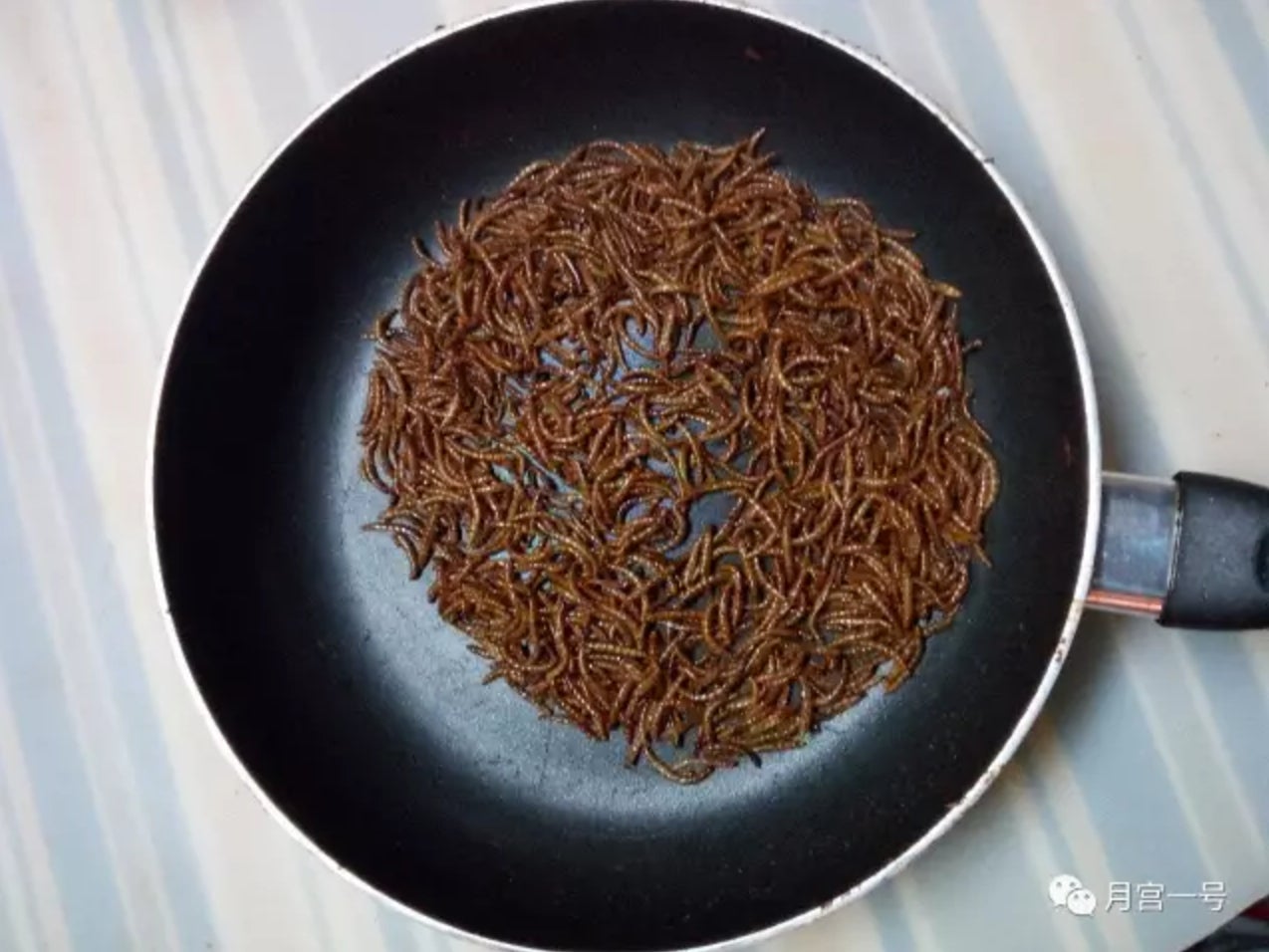
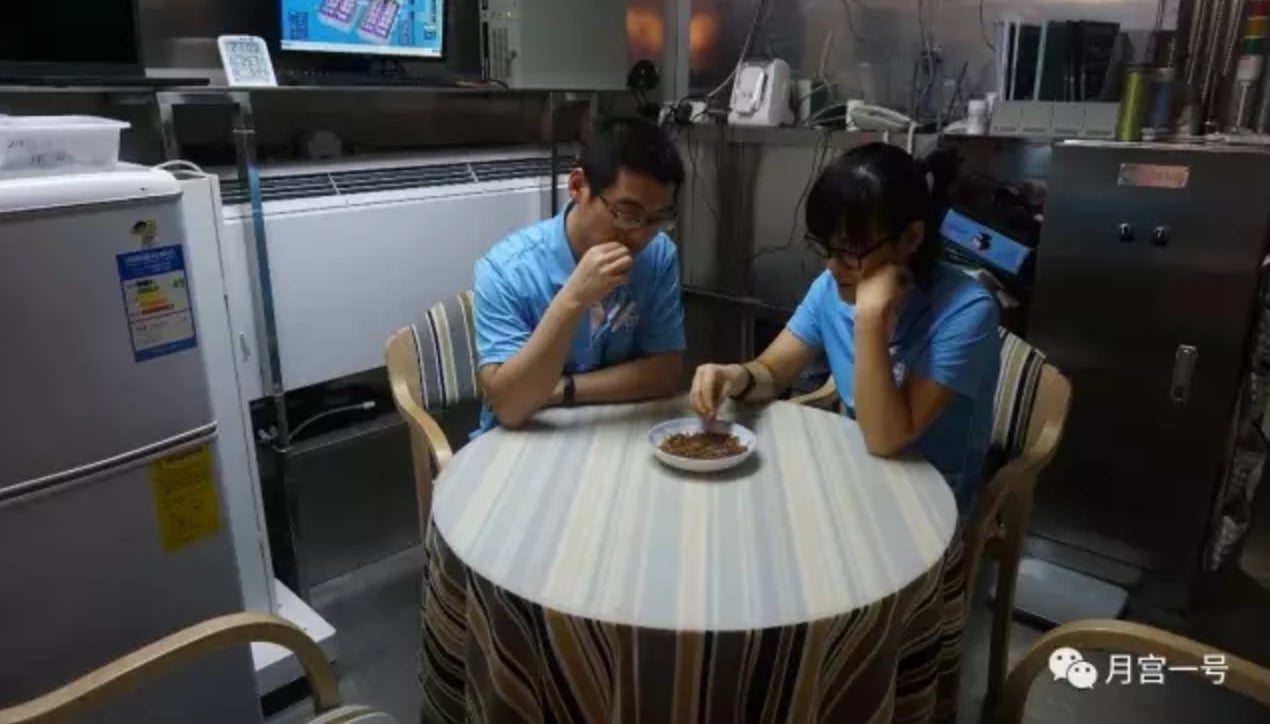
Maintaining life in a closed facility isn’t easy, but the researchers are able to surf the internet, play darts, and cycle during their free time (link in Chinese). Liu Hui, the captain of the first team of students living in the capsule, said after exiting the capsule that she sometimes felt “a bit low” after a day’s work.
In a sealed cabin, the researchers have found ways to be creative with their food. The current residents made a “birthday cake” out of wheat and used beans as “candles” to celebrate a member’s birthday, according to the latest journal entry on July 12.
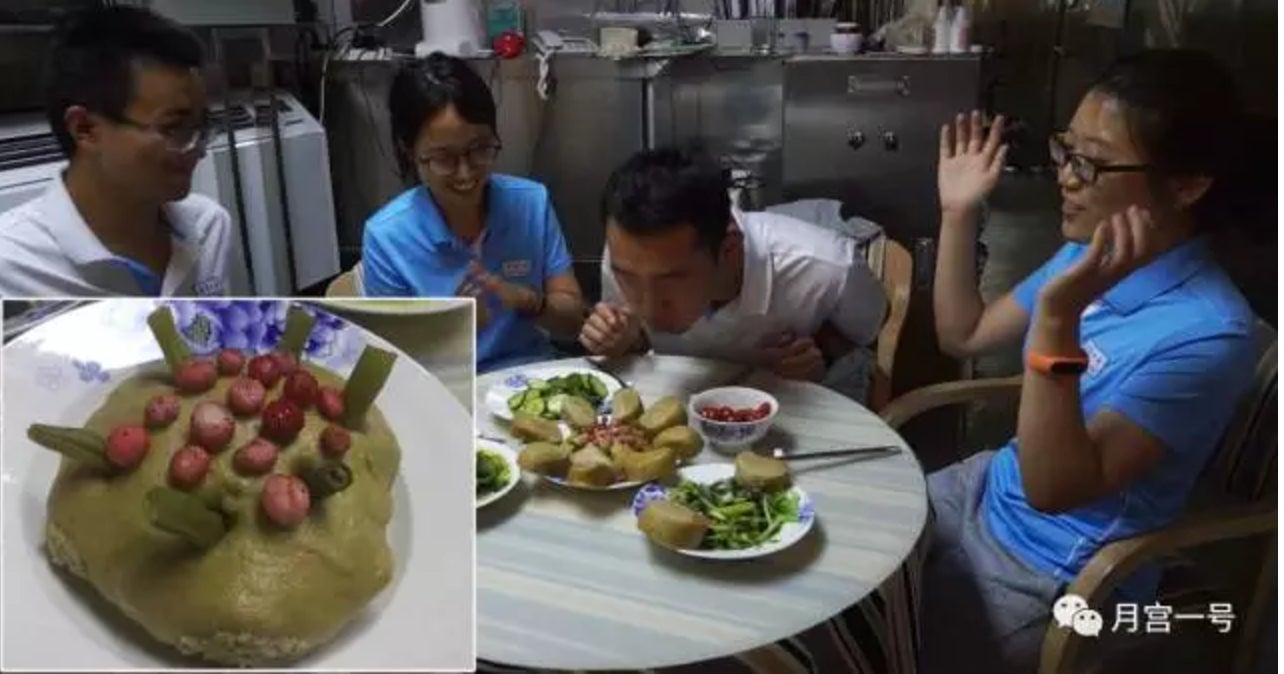
When the current group leaves, the first team will return to the capsule for another 105 days. In total, both teams will have spent 365 days in the capsule.